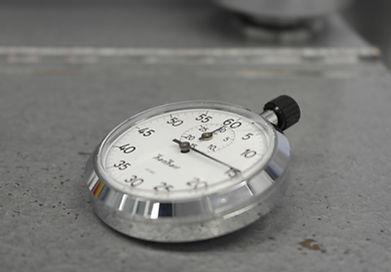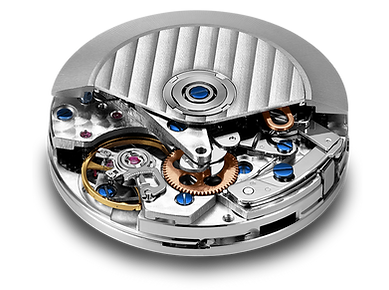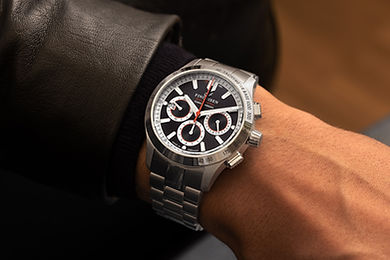The Chronograph – Insights into functionality and history
A chronograph is more than just a regular timepiece. Its ability to stop and measure time makes it an indispensable tool for many professions and hobbies.

The history of the Chronograph
The origins of the chronograph date back to the early 19th century. In 1816, French watchmaker Louis Moinet developed the first known chronograph for use in astronomical studies. Later, in 1821, Nicolas Rieussec patented another early chronograph used for timing horse races.
Development and popularity
Chronographs gained popularity over the years, especially with the rise of sporting events and the need for precise timekeeping. In the 20th century, they became essential in aviation and motorsports.


How a Chronograph works
A chronograph features special mechanisms for measuring fractions of seconds in addition to displaying regular time.
Components of a typical Chronograph
-
Pushers: These buttons on the side of the case start, stop, and reset the hands.
-
Dial: Contains additional counters for different time intervals (e.g., minute or hour counters).
-
Movement: Either mechanical or quartz; mechanical movements are often more complex with numerous small gears and levers.


Operating a Chronograph
The start-stop system allows wearers to precisely measure event durations. The pusher at two o’clock starts the mechanism while either that or another pusher stops or resets it.
The utility of Chronographs
Chronographs are valued both for practical uses and aesthetic appeal:
-
Practicality: Ideal for timing events like sports competitions or cooking.
-
Aesthetic Appeal: Often appreciated for their intricate design and technical sophistication. The additional sub-dials and pushers give watches a dynamic look that appeals to many watch enthusiasts.

Conclusion
The chronograph is more than just a timing instrument; it is a symbol of precision, innovation, and style. Its history showcases the evolution from a simple stopwatch to a complex, versatile timepiece. Whether as a tool or a collector's item, the chronograph remains a fascinating element in the world of watchmaking.

Modern applications
Today, chronographs are not only utilised by professional athletes and pilots but are also highly sought after by collectors and fashion-conscious individuals. They combine functionality with a touch of luxury and technology.
Different types of Chronographs
-
Single-Hand Chronograph: Measures only one time span at a time.
-
Flyback Chronograph: Allows instant resetting and restarting with one press.
-
Rattrapante (Split-Second) Chronograph: Measures multiple lap times simultaneously.



















